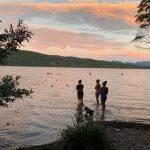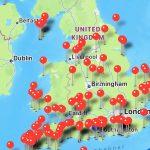
The slowest of journeys
Author of The Slow Traveller Jo Tinsley on how adopting a slow travel mindset has inspired her travels by water
Rounding the corner of Norðurfjörður, a wide cove on Iceland’s sparsely populated Westfjords, the thermal pool of Krossneslaug appeared as a jolt of turquoise water above a black boulder beach. Sinking into the steaming empty pool, I swam slowly to the far side and looked out over the North Atlantic. It was enchanting to think that there was nothing between here and Svalbard, a Norwegian archipelago in the Arctic Ocean, save 1,900km (1,200 miles) of dishevelled slate-grey sea.
As I floated in the 37 degree Celsius water, I reminisced over the past week road tripping around the Westfjords, Iceland’s isolated northwestern peninsula where abrupt, flat-topped mountains tumble down to deep, narrow fjords. Would I have made it to this remote and remarkable pool – at the end of a 90km (56 mile) unpaved, potholed dead-end – had I not decided to savour Iceland over several separate trips, exploring one region at a time? And had I not let my journey be shaped by a slow travel philosophy, honed over many years, that allowed for a meandering pace and spontaneous detours?
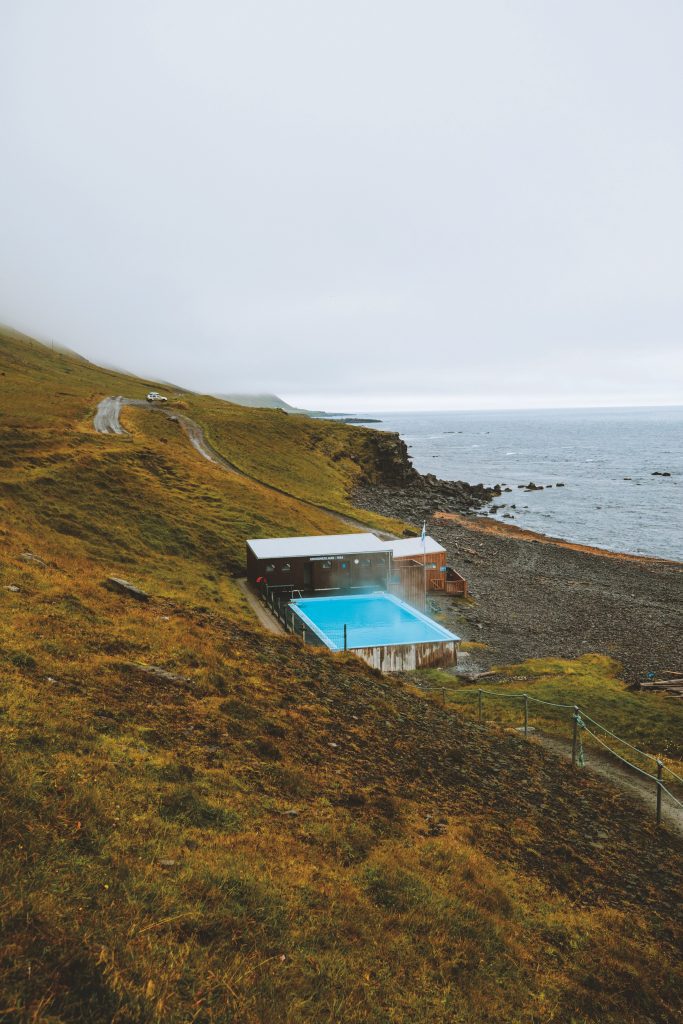
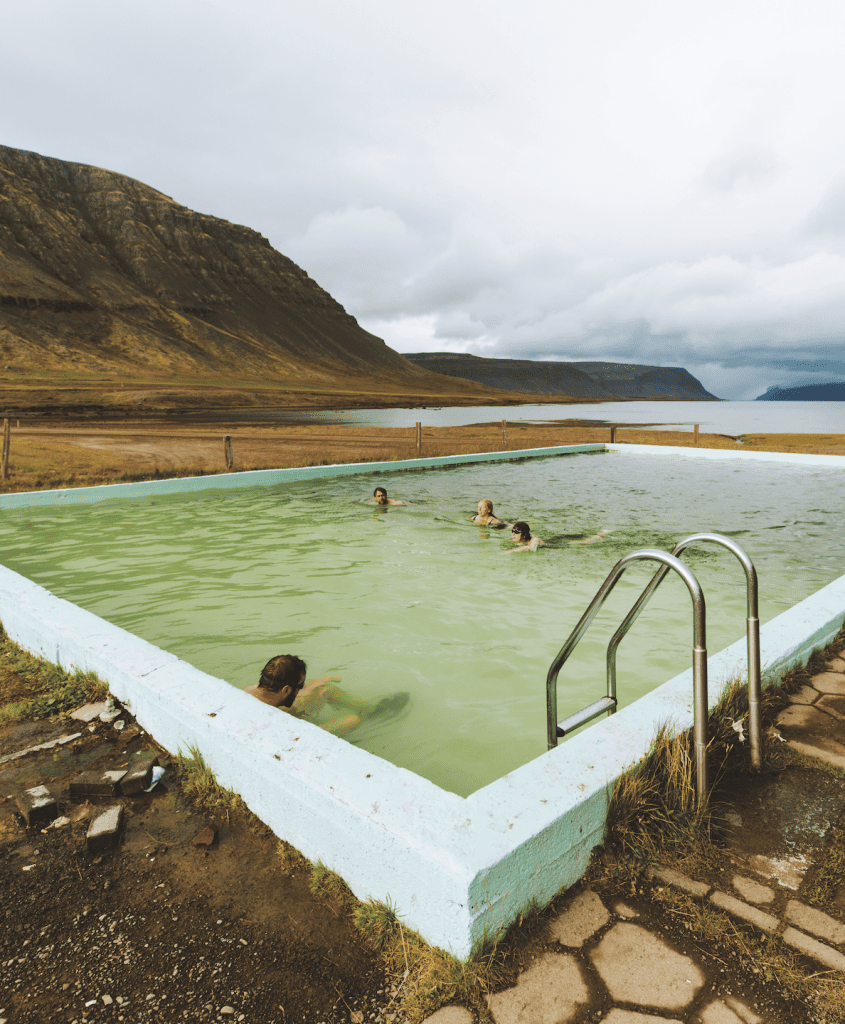
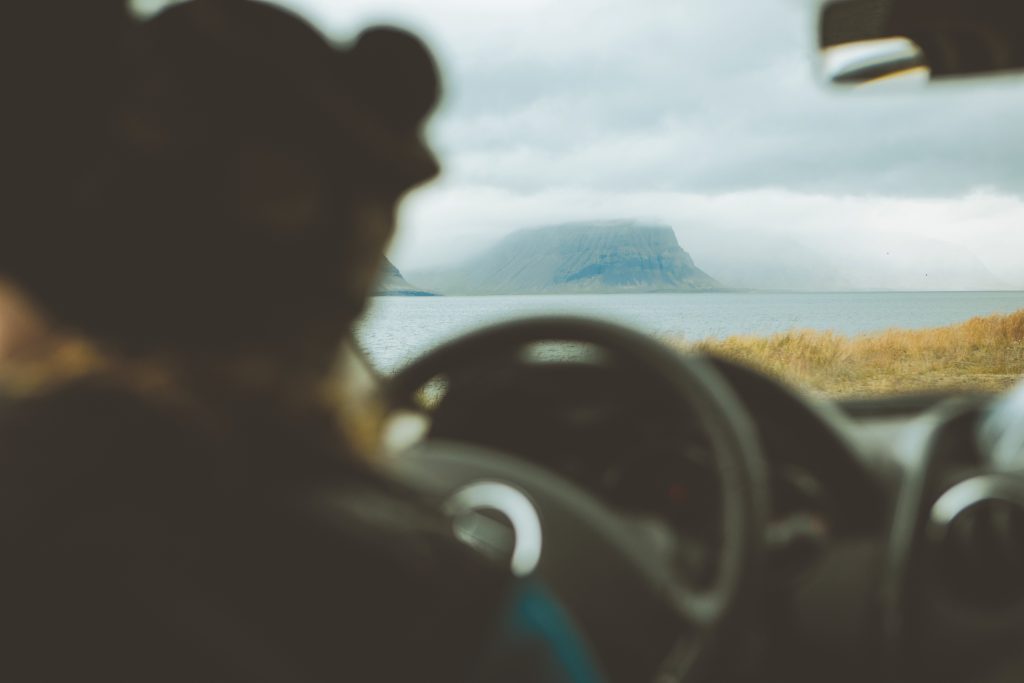
What is slow travel?
Slow travel is an invitation to explore the world at our own pace; to journey lightly and adventurously, while allowing space for curiosity and connection to lead the way. Unhurried and intuitive, it is the antithesis of bucket list travel, placing spontaneity over a packed agenda.
Although the name might suggest otherwise, slow travel isn’t necessarily about speed or the length of your trip; it is more about deceleration and reframing travel as a journey, allowing you to travel on terms that are meaningful both to you and to the people you meet along the way.
But what can a slow travel philosophy bring to our wild swimming adventures? And how can we use this mindset – more often thought of in terms of long-distance rail journeys or road trips – to inspire new perspectives and ways of exploring by water?
Don’t set an end goal
As a meticulous planner, slow travel doesn’t always come easy to me but over the years I’ve developed strategies to help me slip into a more mindful and instinctive frame of mind, allowing my journeys to flow and meader. In the case of our Westfjords road trip, although our quest was to seek out the region’s thermal pools, we deliberately didn’t plan a route or set a specific end destination. This freed us up to follow road signs on a whim, to ask for local recommendations and to take spontaneous detours down seemingly endless no-through roads. After all, you can’t get lost when you don’t have a destination in mind.
Our journey unfolded in a loose and rambling manner. Each morning, we laid out a map and plotted the next leg of the trip, but more often than not we’d simply pull over when we saw a ‘silhouette of a bather above two wiggly lines’ sign that meant a hot pool was nearby.
Each thermal pool felt remarkable in its own way. A dip in Hellulaug – on the innermost reaches of Vatnsfjörður – felt furtive, soaking in 38 degree waters right beside the road yet gleefully out of sight. Lit by the sun, the water was a verdigris hue against the buff rocks. While sinking into Reykjafjarðarlaug, a 45 degree stream dammed to create a series of natural hot pots above a concrete pool, felt spectacularly exposed as laden clouds swept across Arnarfjörður, their shadows casting curious shapes on the imposing hillsides.
But it was Krossneslaug, our end-of-the-road infinity pool, that stole the show. For a simple rectangular concrete pool, it felt undisputedly wild. To top it off, while we were gazing out over the ocean a gleaming iceberg with a single jagged peak, calved off the coast of Greenland, idled in the far distance.
Explore one place well
If slow travel is all about taking pleasure in the journey, then travelling by water – whether by boat (with time for dips) or by cross country swimming – must be among the most satisfying ways to travel, bestowing a unique perspective while taking you to places that are often inaccessible on foot.
Slow journeys by water also allow you to set your own pace and explore one place well, without trying to cram too much into one trip. This ‘do less, see more’ approach is central to a slow travel philosophy, giving you time to pause, to notice and to experience a deeper connection with a landscape.
Playing out this approach, I once spent a entire weekend exploring the River Mole in Surrey – a tributary of the Thames that rises in West Sussex before joining the Thames opposite Hampton Court Palace in Richmond – on a trip hosted by Adventure Uncovered and the Wild Swimming Brothers.
On the first day, we swam, waded, floated and scrambled over 7km (4 1⁄2 miles) of the Mole, at times swimming in deep, slow-moving bends of the river, absorbed in the rhythm of our strokes, other times scrambling on rocks or sculling over fast-moving riffles. Parakeets screeched overhead, while pale blue damselfies settled on the reeds beside us.
What was remarkable was that the entire swim was within the M25. At times, we got so close that we could hear the hum of cars. And yet here we were in this beautiful wilderness, which in its upper reaches boasts the greatest diversity of fish species of any river in England.
Although it wasn’t epic in terms of location, navigating a river like this felt like one of the most adventurous things I have ever done. It felt genuinely transgressive to walk through car parks and residential streets in our half-done up wetsuits and enter this secret world, then emerge many hours later – grinning, bedraggled and streaked with mud.
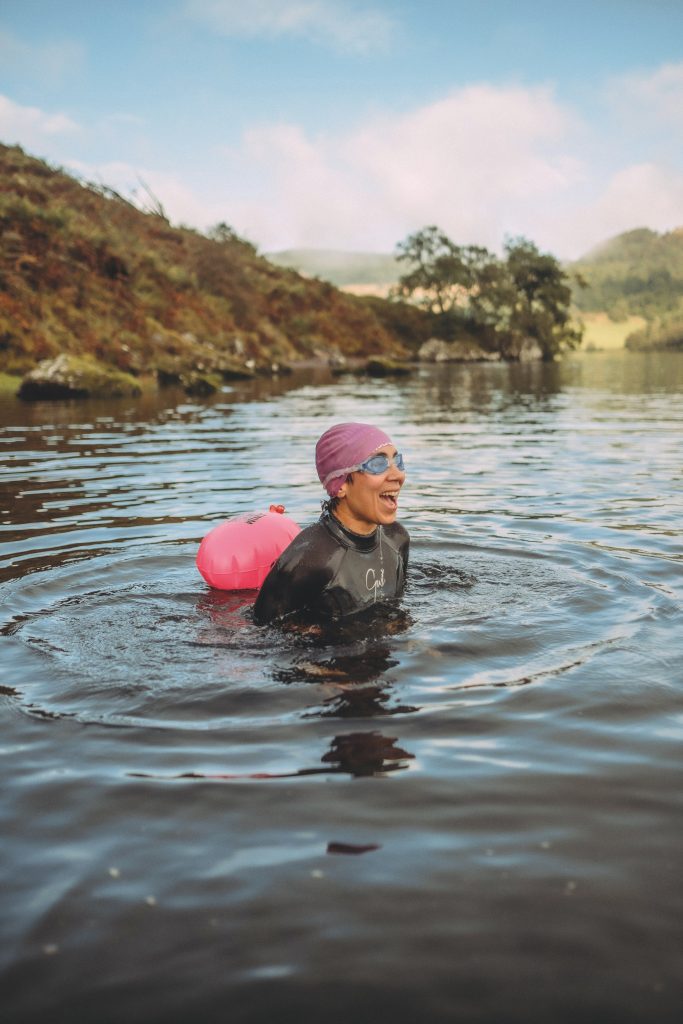
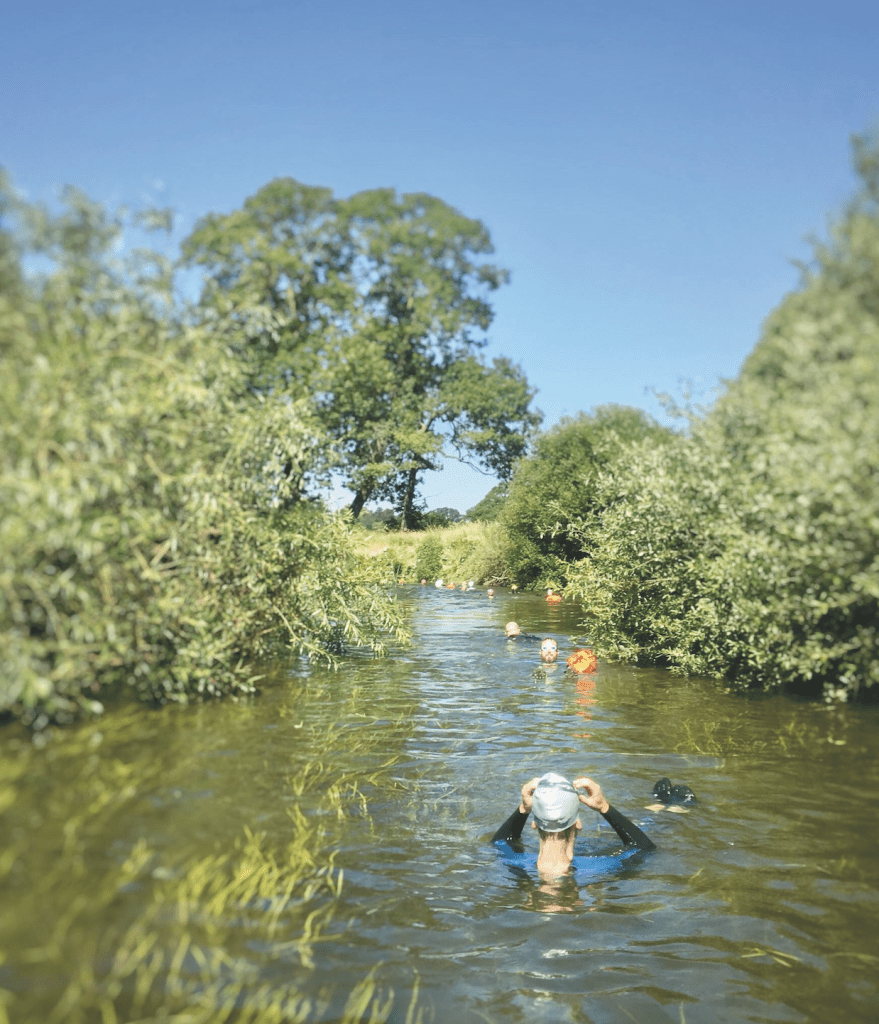

Let your journey meander over land and water
While it’s appealing to set yourself a challenge or to join one of many tempting outdoor swimming events so you can pit your speed and stamina against others, I think there is something equally inviting about letting your wild swimming journeys meander in an instinctive fashion, letting your curiosity lead you every step (or stroke) of the way.
Channeling our innate inquisitiveness gives us time to notice details that might otherwise be blurred if you were racing to a finish line. It allows you to get to know a landscape on a more intimate level, and at your own pace – to explore intertidal zones, circumnavigate remote islands or even to reimagine ancient landscapes.
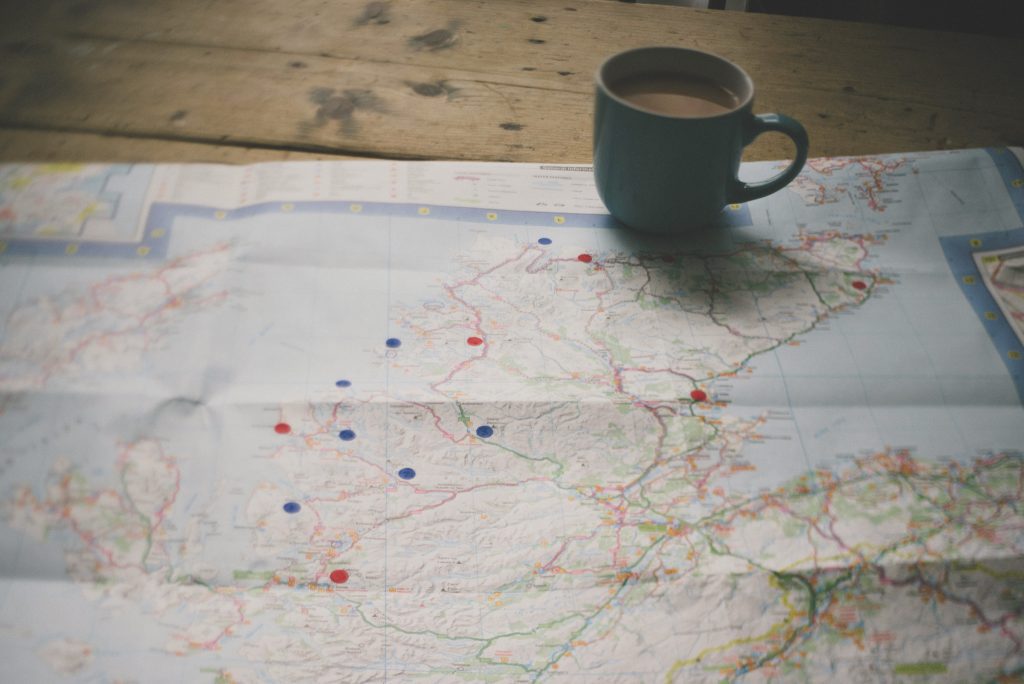
Over the years, I have experienced many incredible moments while allowing curiosity to lead the way. In the pristine waters of the Isles of Scilly, I sculled over stone walls that ran down the beach and into the sea, giving captivating clues that these 140 granite peaks once formed a single island. Off Fidden Beach on the Isle of Mull I traversed three coves, swimming in turquoise water, scrambling over pink granite rocks and sculling over kelp, never out of my depth and always within wading distance of the shore. While on the north Norfolk coast, I explored otherworldly salt marshes, wading past tilting sail boats beached by the receding tide before skinny dipping in secluded brackish pools while a swirl of waders rose over the marsh like smoke.
Although none of these were long or challenging swims, there was something infinitely intrepid about travelling across land and water in this meandering and instinctive way: to pioneer your own route, reach inaccessible places and build your own adventure. After all, exploring by water is as much about delight as it is endurance.
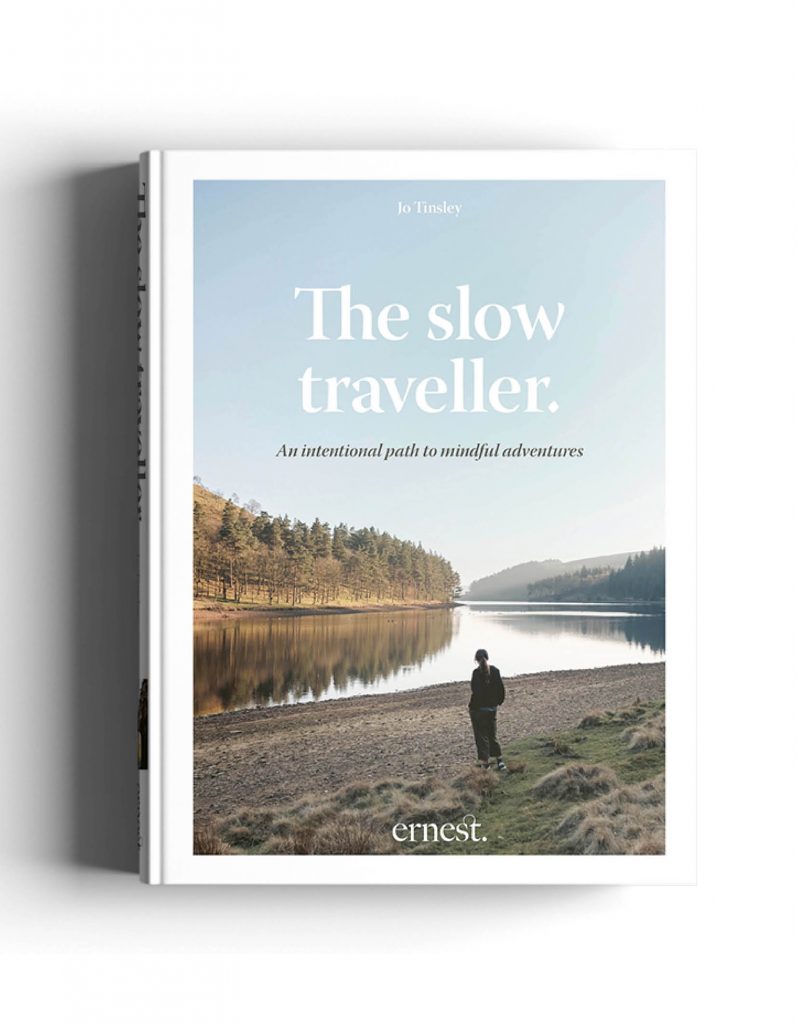
The Slow Traveller
£16.99
Discover the secrets to more authentic, meaningful and sustainable travel with this inspirational guide brimming with evocative photographic naturescapes and sage advice.
The Slow Traveller is a stunning call to change the way we travel today. Veteran slow traveller Jo Tinsley invites you to embrace curiosity, make enduring connections with people and places and traverse your inner world by adopting the mindset of slow travel.
This is an extract from the July edition of Outdoor Swimmer. If you buy a product through a link on this page we may receive a commission.
Photos: Graeme Owsianski, Colin Nicholls, Sarah Mason.







